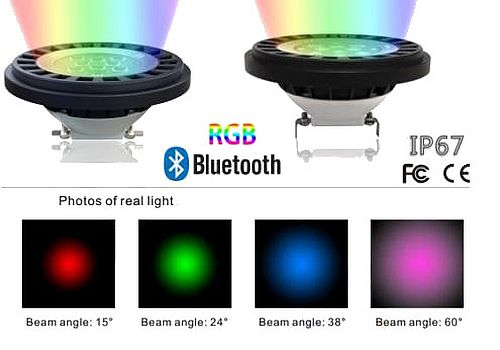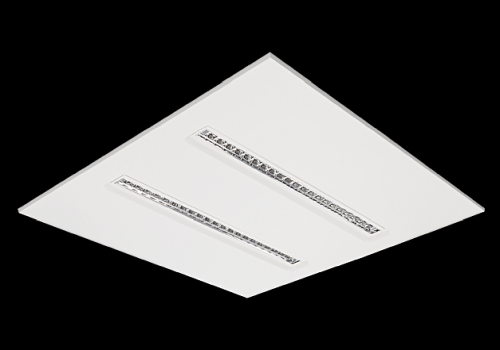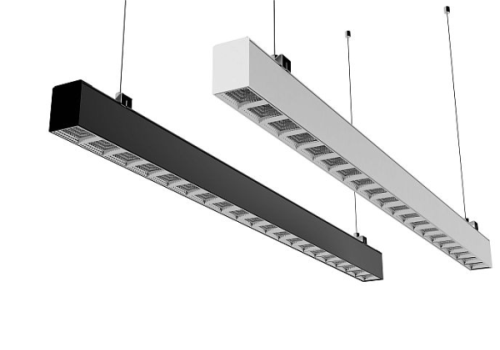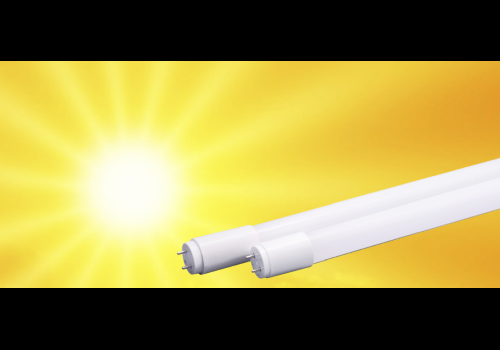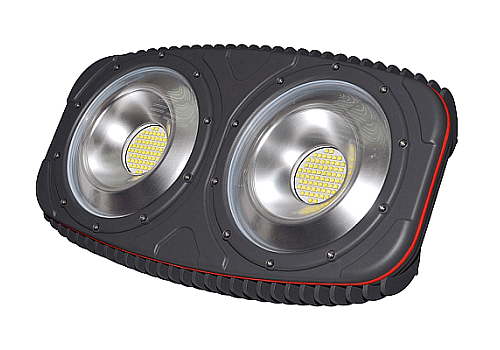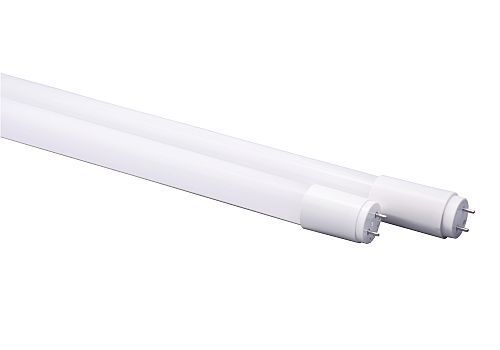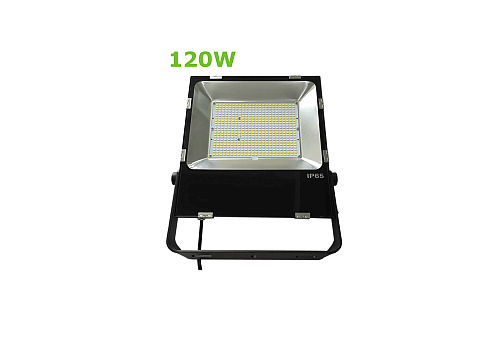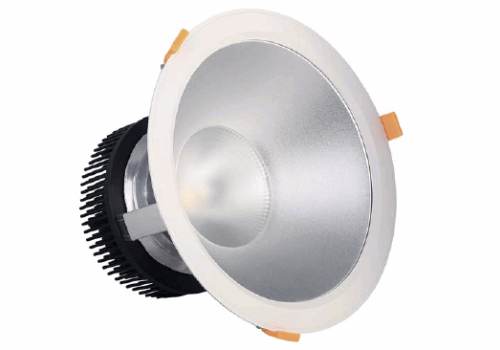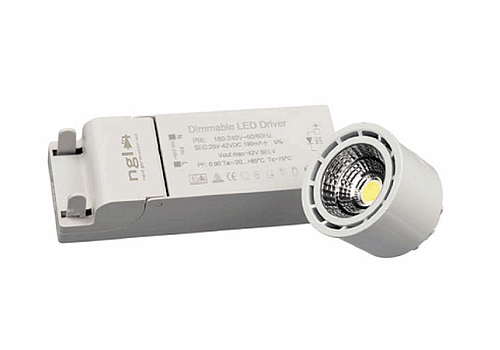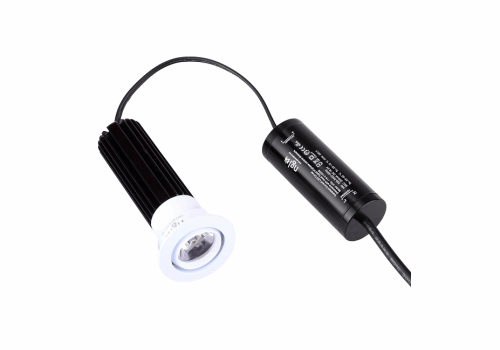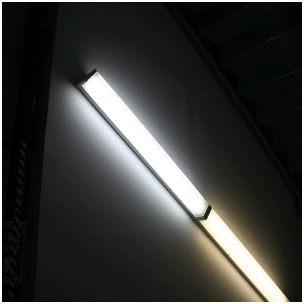
Lights which are operating on AC electric systems (alternating current) are producing light flickering at frequency of 100Hz (Hz, cycles per second), twice the power line frequency of 50 Hz. Essentially, the power is turning on and off 100 times a second. Actually the voltage varies from +230V to -230V, 50 times a second and is at zero volts twice in one cycle.
Although humans cannot see lights flicker frequencies higher than 50Hz, the sensory system in some individuals can somehow detect the flicker. Ever since fluorescent lighting was introduced in workplaces, there have been complaints about headaches, eye strain and general eye discomfort. These complaints have been associated with the light flicker from fluorescent lights. When compared to regular fluorescent lights with magnetic ballasts, the use of high frequency electronic ballasts (20,000 Hz or higher) in fluorescent lights resulted in more than a 50% drop in complaints of eye strain and headaches.
Even some LED bulbs don’t have proper power supply that can convert AC current to high frequency. With NGL LED lights you won’t have flickering light problems, because we use very high frequency PWM modulation to control the current of the LEDs.
- Accessoires
- Bay lighting
- Bulbs
- Decorative
- Downlighters
- Fixtures
- Bollard IP66
- Continuous Linear Pendant Led Light
- Eco Linear Led Light
- Farming industry fixture IP67
- GU10 AR111 E27/PAR 30 trackfixtures
- Inground induction luminaire 9w 12w
- LED chipboard fixture IP65
- LED Plug&Play fixture IP66
- Landscape LED light IP65
- NUD E27 lamp holder
- Polyester Fix Batten
- Ball resistant sports fixture
- Floodlight
-
Led strips
-
IP20 Led Strips
- Low Power, IP20, 2835 60LED/m, 4.8W/m, 8mm PCB
- Low Power, IP20, 2835 120LED/m, 9.6W/m, 8mm PCB
- IP20, 2835 60LED/m, 14.4W/m, 10mm PCB
- IP20, 2835 120LED/m, 19.2W/m, 10mm PCB
- RGB, IP20, 5050 60LED/m, 14.4W/m, 10mm PCB
- IP20, 2110 120LED/m, 7.2W/m, 4mm PCB
- IP20, 2110 180LED/m, 12W/m, 10mm PCB
- IP20, 2110 240LED/m, 15W/m, 10mm PCB
- IP20, 2110 300LED/m, 18W/m, 10mm PCB
- Nature led strip with violet chip, IP20, 2835 70LED/m, 9.6W/m, 8mm PCB
- Nature led strip with violet chip, IP20, 2835 140LED/m, 19.2W/m, 10mm PCB
- Tunable ledstrip 98CRI 2000K~3000K, IP20, 168LEDs/m, 16.8W/m, 10mm PCB
- Ultra long led strip 10~100m IP65
- IP67 Neon Led Strips
-
IP20 Led Strips
- Machine and desk lights
- Panel
- Spot
- Streetlight
- Tubes
- Tracklight



